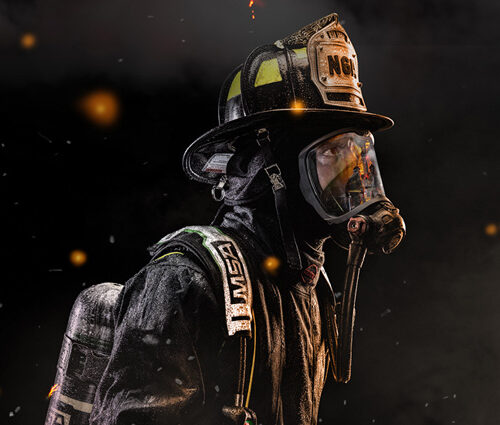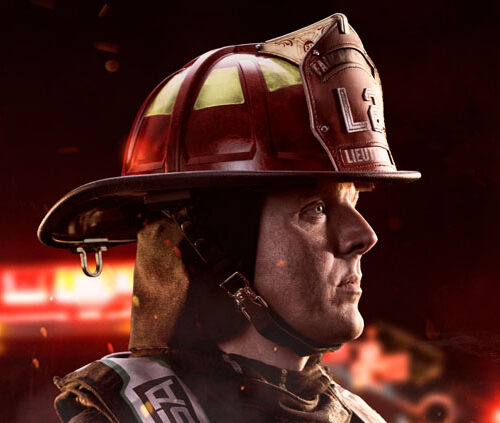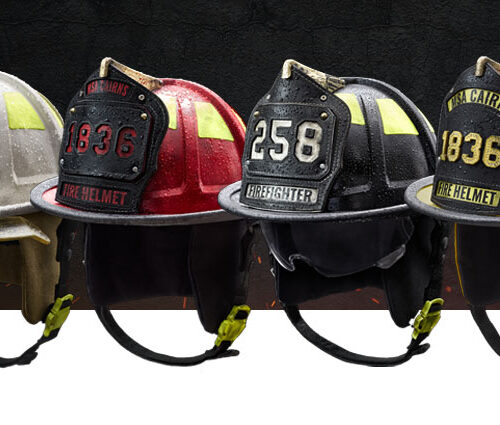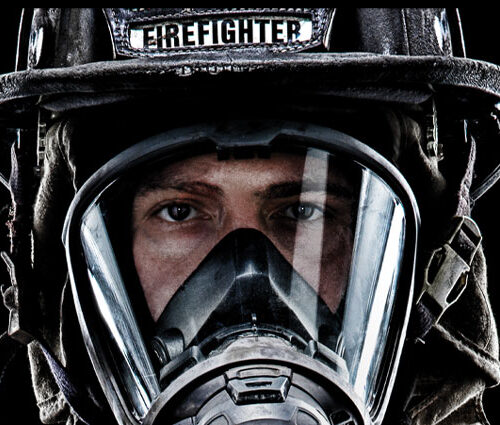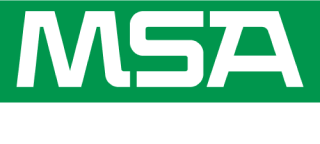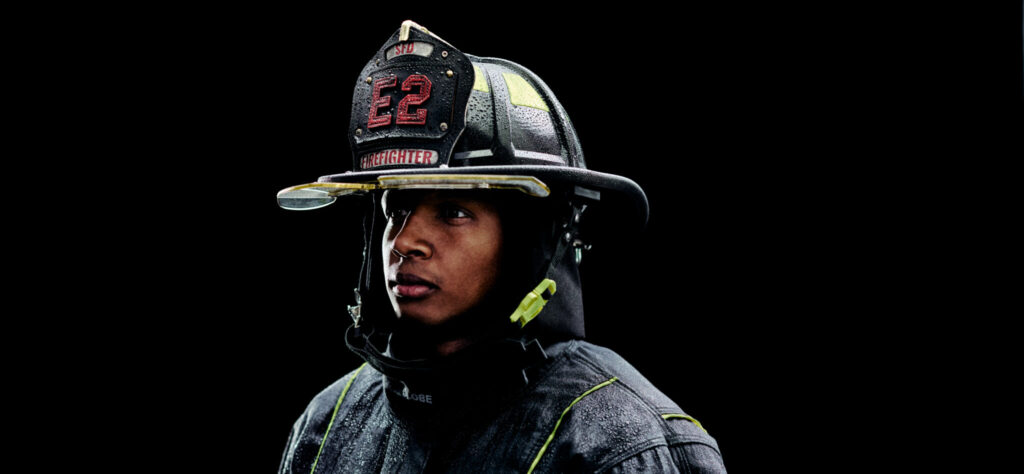
We all know firegrounds are dangerous places — often creating a risk to firefighters’ eyes and faces.
Eye protection is a component of NFPA-compliant helmets — either a goggle or face shield should be attached to structural helmets.
Here are several different options to consider.
BOURKE EYESHIELDS
Originally designed by New York City firefighter Lester (Les) Bourke in the 1960s, the Bourke eyeshield continues to be used in structural firefighting.
Modern manufacturers of structural firefighting helmets incorporate NFPA Bourkes with modern technical materials, such as side wrapping, which results in expanded coverage.
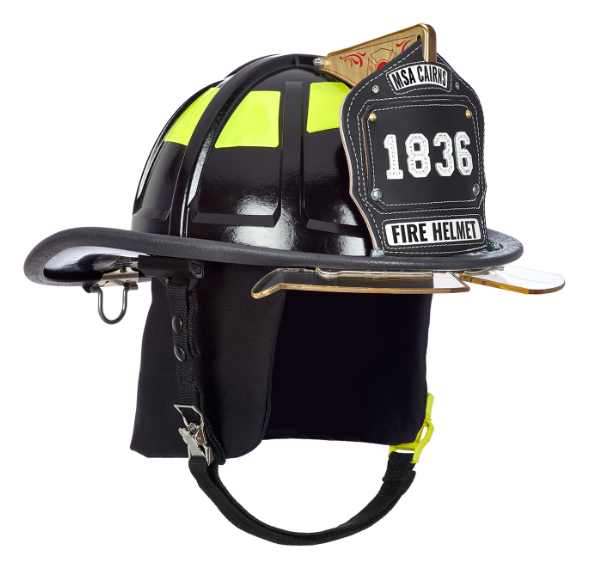
GOGGLES
NFPA 1971-compliant goggles on the market are designed to withstand the rigors of structural and wildland firefighting.
It’s important that firefighter goggles meet ANSI/ISEA) Z87.1, American National Standard for Occupational and Educational Personal Eye and Face Protection Devices. Goggles also should be tested by an independent lab to meet NFPA 1971, including heat exposure of 500° for 5 minutes.
A protective cover is recommended to help protect against heat and scratches.
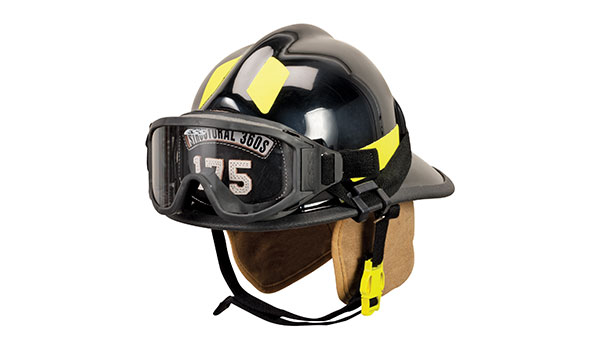
FACE SHIELDS
Manufacturers provide firefighter helmets with either a set of goggles or a face shield, which is intended for basic, supplemental eye and face protection.
Face shields measure between 4- and 6-inches and are constructed from either polycarbonate (strong, optically transparent materials) or even stronger polyarylate materials. They can be a good option for departments working on a limited budget.
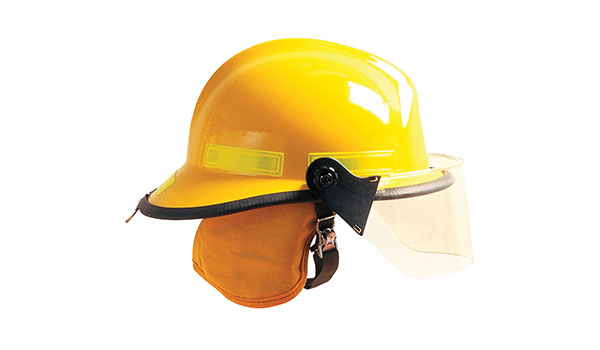
RETRACTABLE FACE SHIELDS
Introduced to firefighters with jet-style structural fire helmets, full retractable face shields provide full-face protection not found with previously-available options.
Retractable face shields also offer one-hand deployment.
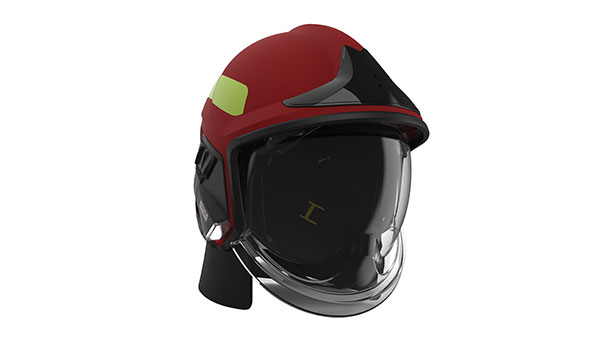
INTERNAL VISORS
For use in the fire service, visors must meet NFPA 1971 and ANSI Z87.1.
Internal visors are conveniently stored inside a fire helmet and deployed when needed. They stay clean inside the helmet until you need to use them for overhaul or search-and-recovery efforts.
Visors offer an optically correct lens. This lens eliminates peripheral distortion and fits myriad prescription lens frames.
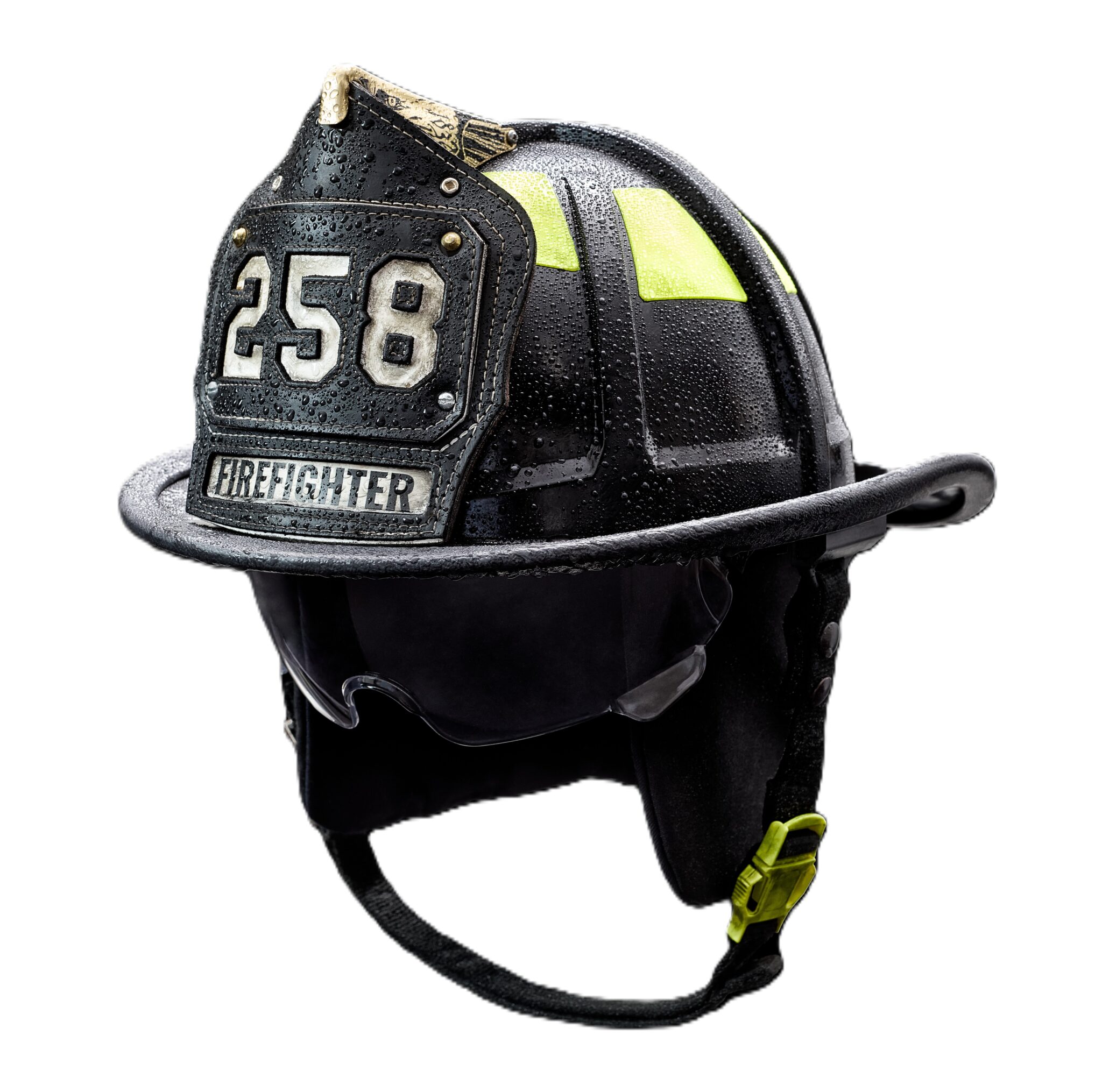
Constructed from either polycarbonate or polyarylate material, most visors are designed to be easily removed for cleaning and replacement without having to use tools.
Manufacturers continue to innovate when it comes to eye and face protection gear for firefighters, which means fire leadership can now choose from several different safety options based on their fire department’s needs – from NFPA Bourkes to goggles to visors.
To see MSA’s full line of firefighter eye and face protection, visit our site.



